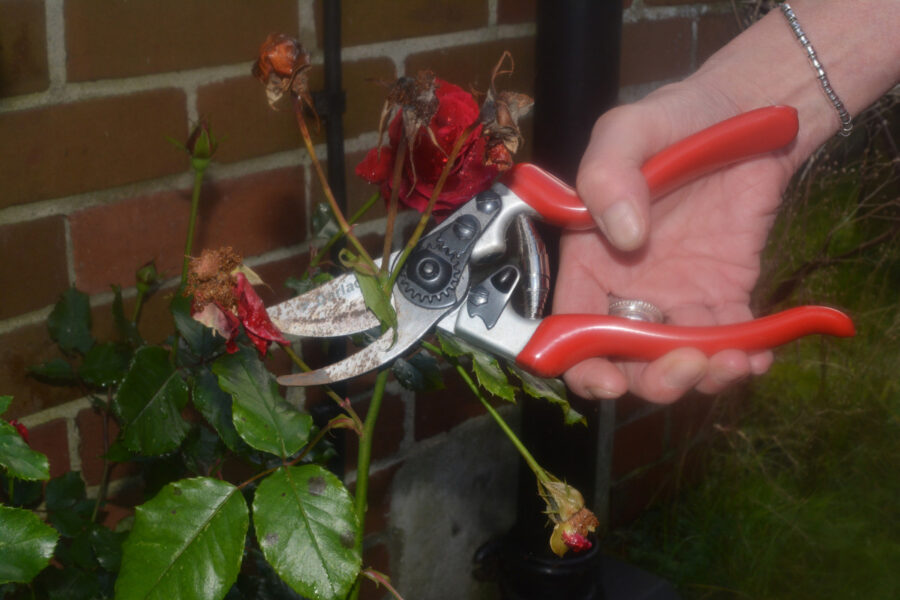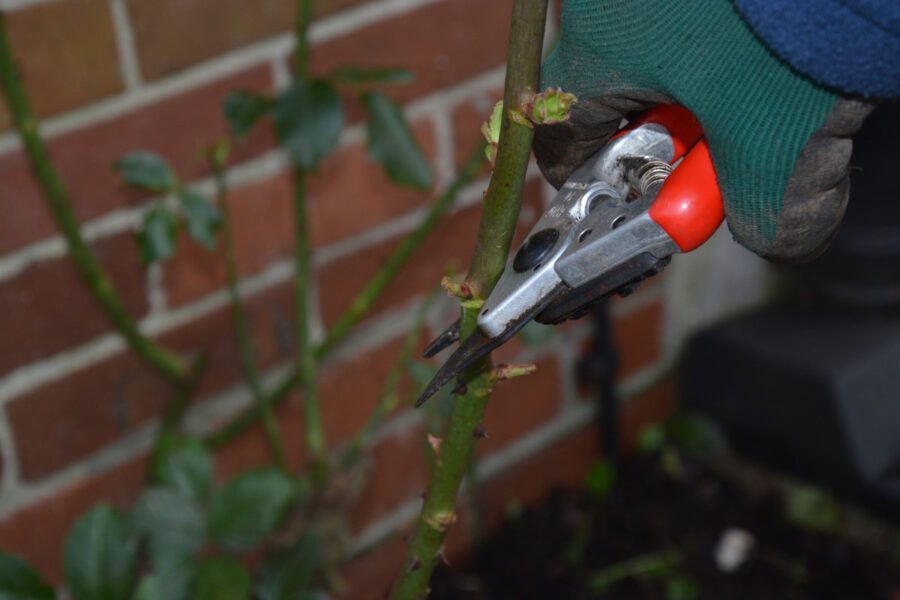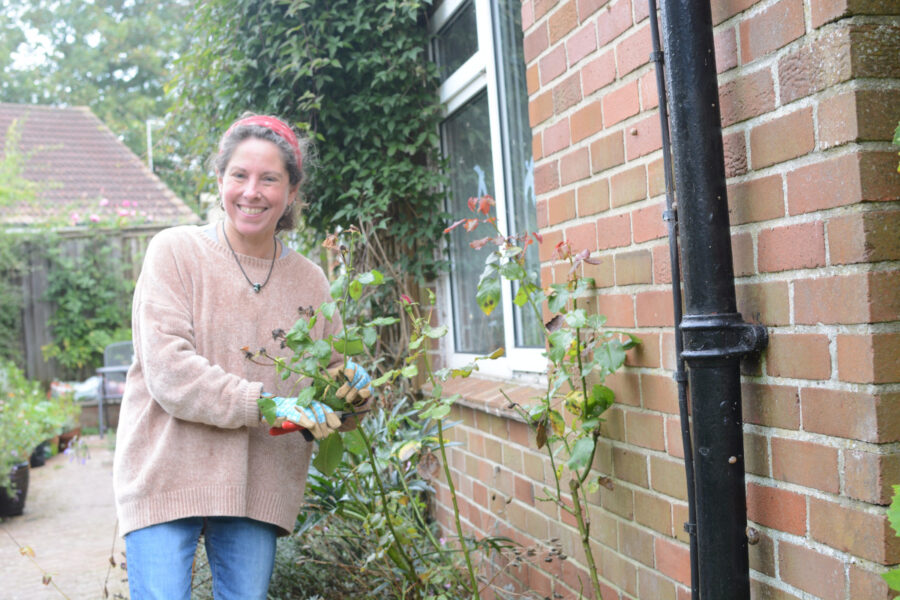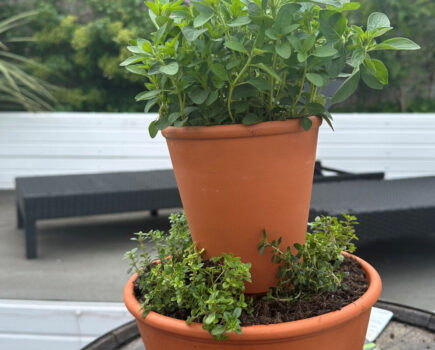Steps taken now will pay rich rewards next year, says Ruth
Roses have flourished this year, loving the cooler, damp conditions that have largely prevailed, and now it’s time to get them ready for winter. They are hardy plants but all the same need some timely nurturing to see them through the colder months and into next spring.
Roses are pruned twice a year, in the autumn and in early spring before they start growing again after winter’s dormancy. The autumn cut is mainly used to shorten the main stems in order to prevent ‘wind rock’ during seasonal storms, as this can destabilise the plant. You should also inspect your roses now and cut away any growth that falls into the category of the ‘three Ds’, that is ‘dead, damaged or diseased’.

I also remove thin inward-growing shoots on shrub roses that only serve to clutter up the inside framework of the plant and leave it looking messy. Shrub roses that are less than two years old only need a gentle trim, but established plants can be cut back by a third to a half.
Rambling roses only need tidying up to keep them in their allotted place, while established climbing roses can be thinned out.
Remove one in three of their old stems to make room for fresh growth. The flowering shoots of both climbers and ramblers should be tied to their trellis or whatever framework they are growing up so that stems can’t flail around in high winds and be battered and damaged.
If any of the roses you prune show signs of black spot, sterilise your pruning tools afterwards to prevent spreading this common fungal disease.
Most roses can be deadheaded now, but if yours produces colourful hips in autumn, simply remove and compost the petals, leaving the hips to glow like jewels through the shortening days.
It is also worth remembering that autumn and winter is the best time to plant bare root roses, and also take hardwood cuttings, and I’ll be looking at both these jobs over the coming weeks.
Rose care to do now
Keep them healthy through winter

1. Dispose of every part of the rose affected by black spot, cutting away leaves and stems and clearing debris from the soil. Disinfect your secateurs afterwards.

2. reduce stems by a third to prevent them being too battered by winter storms. Cut on a slope just above a leaf bud.

3. Tie in healthy new climbing rose stems after removing older cluttered ones at the base.

4. Mulch with well-rotted compost or manure. As well as enriching the soil, this will bury black spot spores so rain can’t splash them onto the plant.
Find more tips, advice and articles like this at the Amateur Gardening website. Subscribe to Amateur Gardening magazine now





